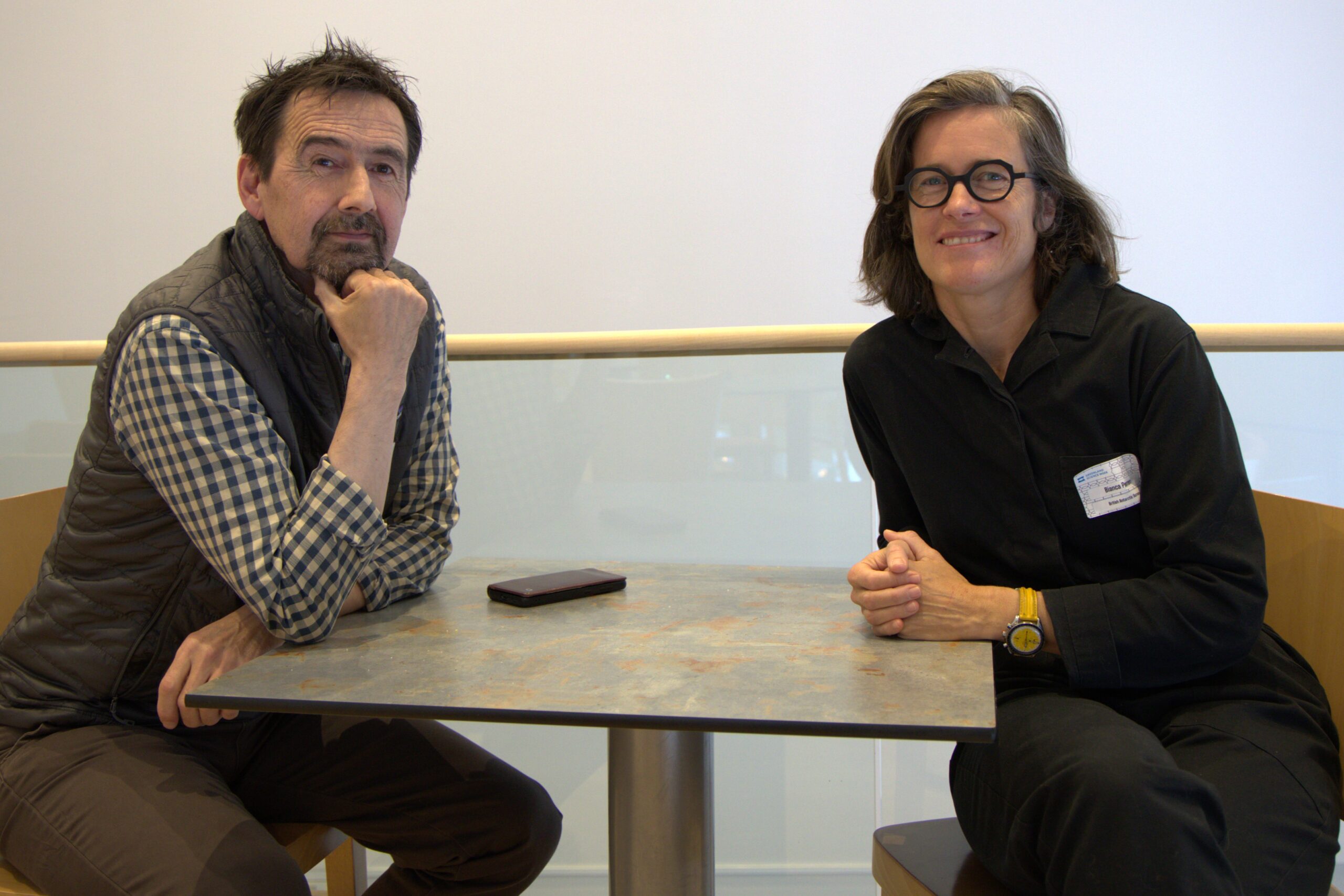The mystery of Wandel Dal

By Sara Kirstine Hald
Wandel Dal in Peary Land is located only 800 km from the North Pole. Today, the area is an Arctic desert, and for the past 700 years, nobody has lived there. But it hasn’t always been like that.
4,500 years ago, the area was inhabited by Greenland’s very first people. A people who lived in tents all year round. A people who lived off musk oxen, hares, birds, and marine mammals. A people who suddenly disappeared.
Maybe they left due to climate change or died from diseases. Or maybe inbreeding made them too weak to survive. Now, researchers hope to get a better understanding of the people who once lived in Wandel Dal. Through an interdisciplinary research project, they are piecing the information together.
A fingertip would be sensational
Frederik Fuuja Larsen is an archaeologist and the director of the Greenland National Museum. He is one of the researchers behind the Wandel Dal project, where he hopes to find one particular thing: a human bone.
“We have never ever found bones from the first people who lived in Greenland, so it would be sensational if we just found a fingertip from a person up there,” he says.
Plenty of bones from other peoples who have lived in Greenland over time have been found. Therefore, the absence of bones in Wandel Dal is surrounded by mystery. Why haven’t these people left traces in the form of human bones? What did they do with their dead?
According to Frederik Fuuja Larsen, the theory is that the earliest people in the area threw their dead into the sea or lakes as offerings.
“In this kind of culture, you have to give something back to the sea, from which you get food,” he says. This could explain why human graves have never been found in the area.


Wandel Dal is located in Northeast Greenland, north of Independence Fjord and only 800 km from the North Pole.
Screenshots: Greenland Portal, GEUS
Multiple ways to understand the past
Bianca Perren is a paleoclimatologist at the British Antarctic Survey and maps past climates based on samples and models. She is also part of the Wandel Dal project and explains that the climate in the area was likely significantly different than it is today when it was inhabited.
“We are still piecing together the data, but there may have been a small sweet spot in history where it was warmer and wetter in the area and where the inland ice might have been further back,” she says.
“The area is close to the North Pole, so how could people live in tents all year round?”
– Frederik Fuuja Larsen
This historical knowledge about the climate is helpful in the archaeological work.
“The area is close to the North Pole, so how could people live in tents all year round? That’s something we’ve wondered and made theories about for a long time, but now it has been confirmed that the climate was different back then,” says Frederik Fuuja Larsen.
16 different perspectives
Frederik Fuuja Larsen and Bianca Perren are two of the 16 researchers working on the Wandel Dal project. But how did they end up working together: an archaeologist looking at traces from people and a paleoclimatologist investigating the past climate?
The hope is to finally piece together the puzzle in Peary Land by involving researchers with different academic backgrounds. Hopefully, these different perspectives on the past are what is needed to solve the mystery.
“We both try to understand the history of a specific area. He in terms of people, and me in terms of landscape,” says Bianca Perren, nodding towards Frederik Fuuja Larsen.
However, the project is not just about different perspectives but also new perspectives. The archaeological site was already mapped in the 60s.
“Our job is to re-document the area with new eyes. And of course, today we have much better methods to collect samples and date them than they had in the 60s,” says Frederik Fuuja Larsen. “For example, we also use drones to collect data.”
This summer, the research team will embark on fieldwork in Wandel Dal again. They expect to finish the project in about a year and a half.